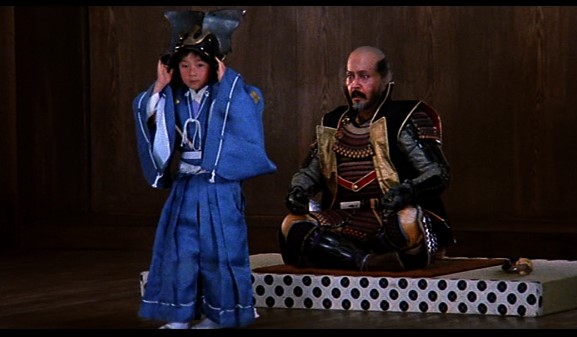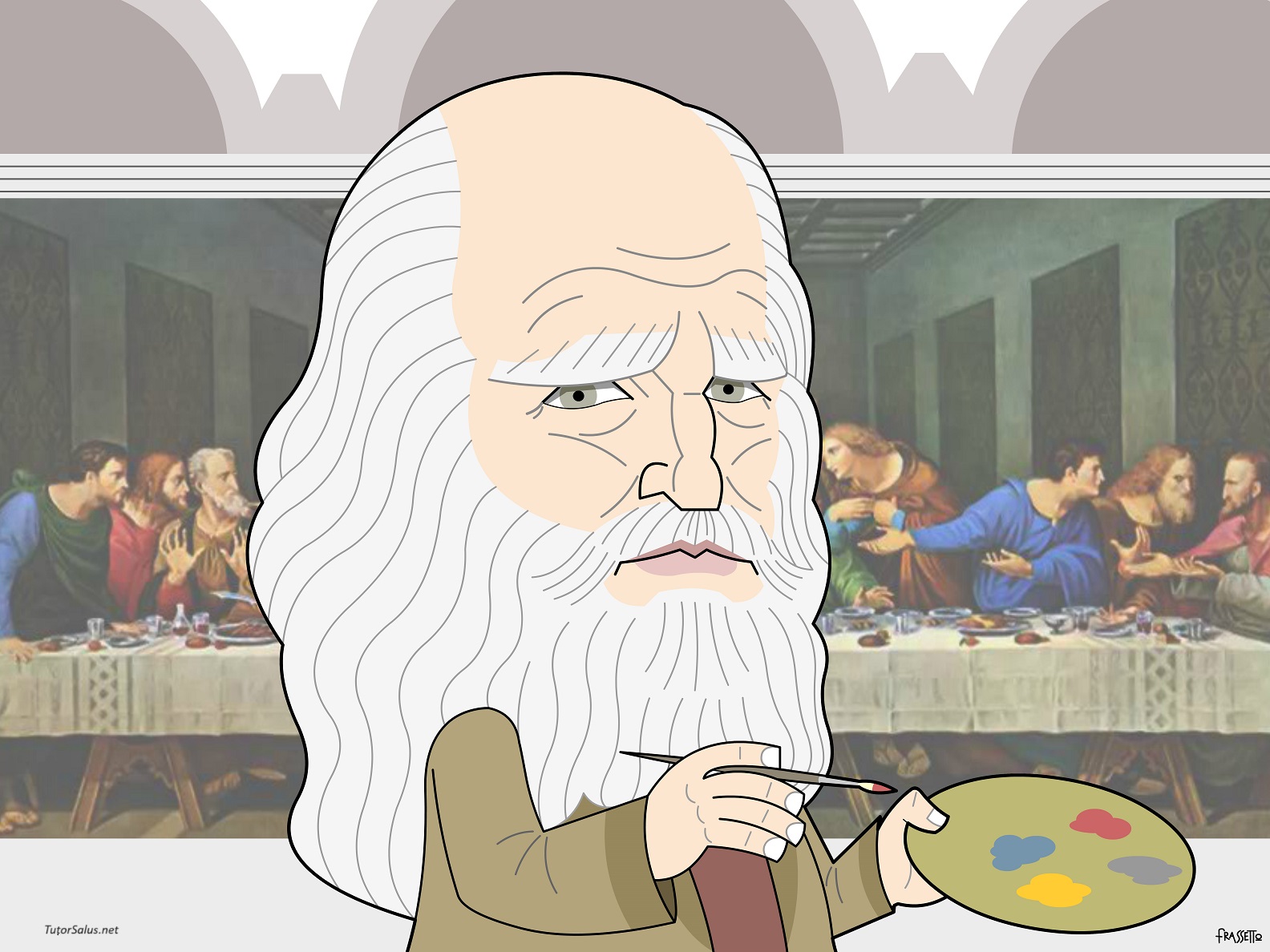Akira Kurosawa[1] : my practicable life.

Screenshot from ‘Kagemusha, the warrior shadow’, directed by Akira Kurosawa (1980, and winner of the ‘Palme d’Or’ at the Cannes Film Festival 1980).
I follow Akira Kurosawa in his patient unraveling the garbled knots of the life. A silent child, who preferred to draw, when unexpectedly he came to carry away his teacher who noticed him and even better suggested his own work to the class : an episode that opened to the youngest Akira the power of the novel to face the towering walls of conscience.
A family photograph portrays him at his earliest childhood, side by side with his elder brother Heigo who made Akira passionate about painting, first of all Van Gogh, and to the first black-and-white movies. However, unlike Heigo who drew from movies a melencholic distance, Akira when coming back home began to produce on his own, catching the same scenes in his drawing and the tales that passioned him. In that photograph, Heigo and Akira preceed their youngest and sad mother, as if they run for heroic Samurai. The unexpressive and severe father appeared checking the whole scene from the centre, and all around their brothers, sisters, some uncles and aunts.
Kurosawa is a noble family of Samurai, hard to tell something about...
Nonetheless Akira tried to do that, while taking serious the random offer of the drawing which always preceeds painting. And that Akira soonest substituted with the new screenplays as required by the rising movie industry. Were so Akira and Heigo partners before than being competitors in offering protection to their own woman and mother... ??
Who knows if begun as a possible heroic mission of an applicant Samurai of the movie the same profession of Akira... But, when Heigo[2] abandoned him, Akira himself stopped to be an hero.
By that prudency which since his first childhood defensed him from a too pressing and unavoidable familiar education, Akira silently cultivated his method, made of passioned humble strict application. Without leaving the screenplays which until the very end he cared firsthand, by then he unequivocally faced the direction.
He was leaving comments and struggle to others, about those meanings and inventions that Akira shared most of all with Alfred Hitchcock and with the best Fellini, and instead he preferred working hard to offer to his audience a thought able to describe solutions captured even in his night dreams, when the day of a man is heavy and forced in social traditions. The dream-like in the Kurosawa movies is never illusion then, but cultured memory to catch from childhood.
Akira soonest started with “A wonderful Sunday” of 1947, two years after the World War defeat, joking without spite about the impossible ‘daily’ dreams, burdened of unsustainable pretences. And he sketched out the pathological fear of failure of a young man, worn out by the sacrificial japanese ethics, who’ll find himself unable to build his own life together with the woman he loves. To the point of refusing some useful money to invest in, offered by a friend recently enriched.
With “Rashomon” (1950), Kurosawa undeterred proceeded sustaining ‘whom’ he recognized, time by time, capable of not deadly solutions. Also when that didn’t coincide with the claims of his own Nation, not appreciating maybe his appearing at the cinema in U.S.A., ancient and unforgetted enemy. In the movie Akira sides with the Samurai’s wife : the Samurai derided her because she succumbed to the bandid instead of sacrificing her own life and she now gets to stab her husband to death.
Then Kurosawa raises the bar with “Dodès'ka-dèn” (1970), where he dared to represent the ‘autism’ as a common pathology of desperation which, just to keep one’s own life, make anyone “blissful” in the illusion of a neverending dream. The young unemployed man who hires himself as an imaginary tram driver, and his most religious mother can continue to console him and herself repeating that the life ‘is ok’ when everything ‘is not okay’ : the young man gets even to obstinately reproach a careless pedestrian who ‘didn’t see’ the imaginary single track on which the young man was walking. The movie wasn’t applauded at all, neither in Japan where the government effort was all about building again the rubble after the war defeat. At Tokyo however the initial progress was flaunted in luxury neighborhoods, keeping difficulties and psychich diseases well hidden in the muddy alleys, where everything could be quickly removed. In front of the clear failure, Akira seemed tempted by the sacrificial tradition of the Samurai which however found him ‘not yet ready’[3]. His suicide failed, and he saved himself.
Without any rethoric, and with a cinematographic language capable of tracing his own night dream and never falling into the infantile, Akira succeeded in telling, with photographic precision, the humiliation suffered from a child facing the maternal punishment due to his curiousity for the marital relationship[4]. Almost calculating his own audience availability for attention, Kurosawa is able to tell them about anguish as only Hitchcock could. The agile Akira introduces a lightness which can get to solutions and to unforeseeable redeeming, that simple and resolutive “marameo” that allowed him, maybe since he was a child, to slip out from sacrificing without any benefit.
To the point of smiling and playing with his own proverbial prudency which in his life helped him a number of times. It is so in “Rapsody of August” (1991), one of the last films of the by then eighty director where a child was playing at ‘hide-and-seek’, and when his fellows asked him : “Madakay ?” – i.e. “Are you ready ?” – he every time answered : “Madaday !” – i.e. : “Not yet, not, yet, not yet... !”, so that succeeding in saving his own life and himself from (the ghost of) the Samurai.
Marina Bilotta Membretti / Cernusco sul Naviglio - August 8, 2016
[1] I thank Carlo G.Cesaretti, cinematographic critic, and the civic ‘Biblioteca Lino Penati’ of Cernusco sul Naviglio for the cycle of meetings titled “Akira Kurosawa (Tokyo 1910-1998). I mille colori del vivere”, April-May 2016
[2] Heigo will suicide at 28.
[3] “Not yet” is the transalation of the movie title “Madadayo-The birthday” (1993), where to the birthday is assimilated the death which “doesn’t find ready” the leading character.
[4] “Dreams” (1990) and specifically the epysode “The marriage of the foxes”.


